School life in the ’60s was a unique experience, filled with traditions, quirks, and learning methods that have since faded into the past. For those who lived it, every day was an adventure in a world of simple joys and unforgettable moments. Let’s take a nostalgic look at how school life in the ’60s was completely different from today!
1. The Classrooms: No Fancy Tech Here!

Imagine a classroom filled with wooden desks, chalkboards, and maybe an overhead projector. The only “tech” you’d see were film projectors or reel-to-reel tape recorders. Teachers wrote lessons on chalkboards, and you took notes with pencils or pens. Today’s classrooms are filled with smartboards, tablets, and interactive learning tools, making for a very different educational experience.
2. No Cell Phones: Just the Good Old Landline
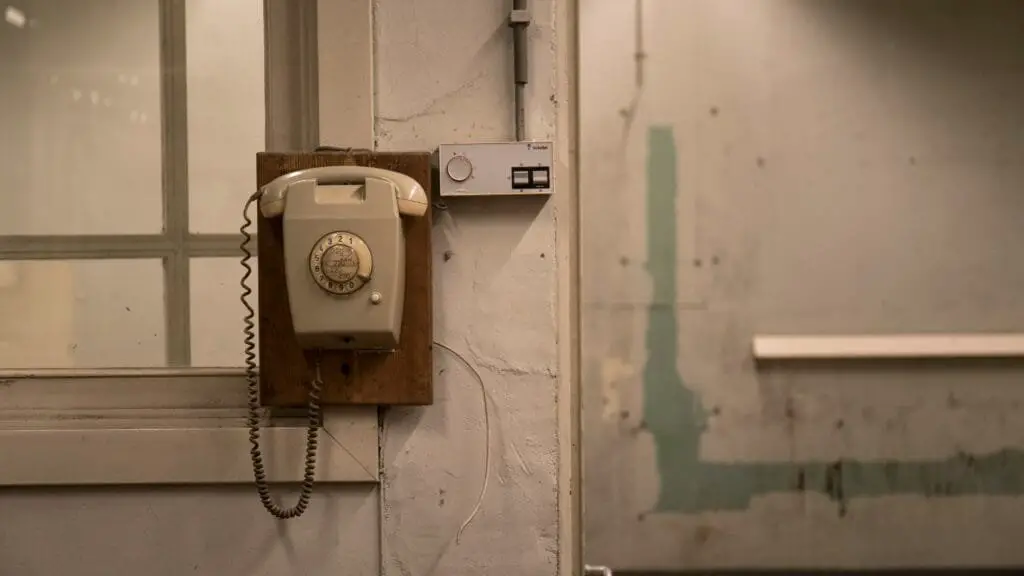
When you needed to call home, you used a payphone or a landline in the main office—if they let you! There was no texting your friends to meet up after school or checking social media during lunch. Communication was limited to face-to-face conversations and notes passed in class (which were often very entertaining). Today, students are constantly connected through their smartphones, which can be both a blessing and a distraction.
3. Dress Codes: The Era of Uniformity

In the ’60s, dress codes were strictly enforced. Boys wore button-up shirts and slacks, while girls donned dresses or skirts. The idea of casual Fridays or leggings as everyday wear was unheard of. It was all about looking polished and presentable, with everyone adhering to the same style guidelines. Today’s dress codes have relaxed significantly, with students expressing their individuality through fashion choices that are often more casual and creative.
4. Lunch Boxes: The Original Bento Box
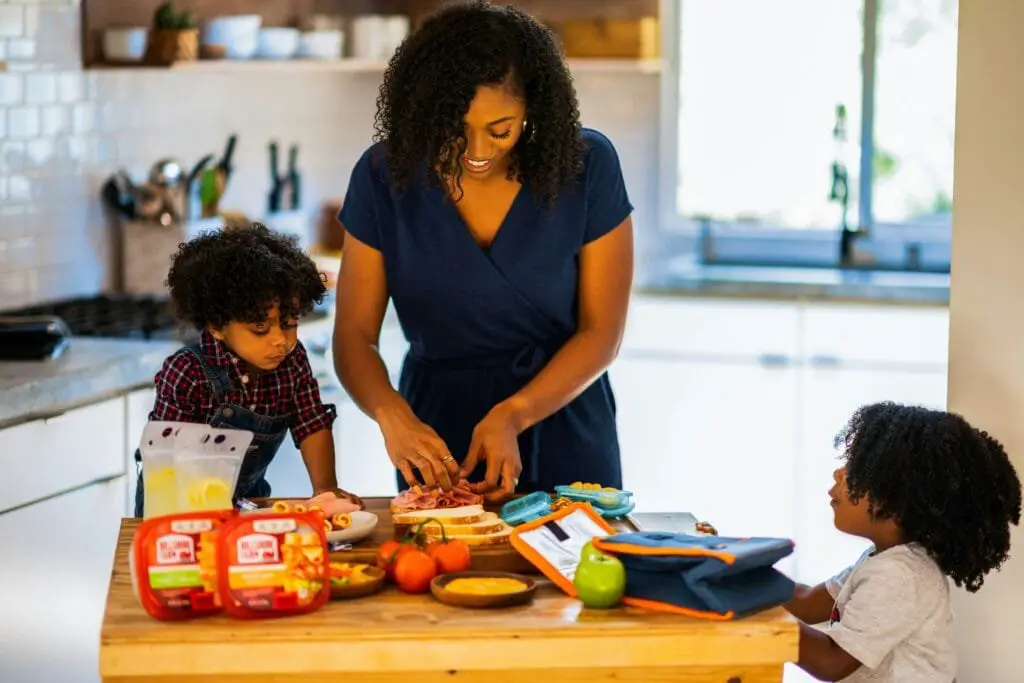
Packing your lunch was an art form! Kids carried metal lunch boxes featuring their favorite cartoons or superheroes. Sandwiches, chips, and fruit were the staples, and who could forget the joy of opening that lunch box to see what surprises awaited? Nowadays, lunch boxes come in all shapes and sizes, often filled with a variety of health-conscious snacks, while hot lunch options have become more common.
5. Recess: A Break to Play Outside
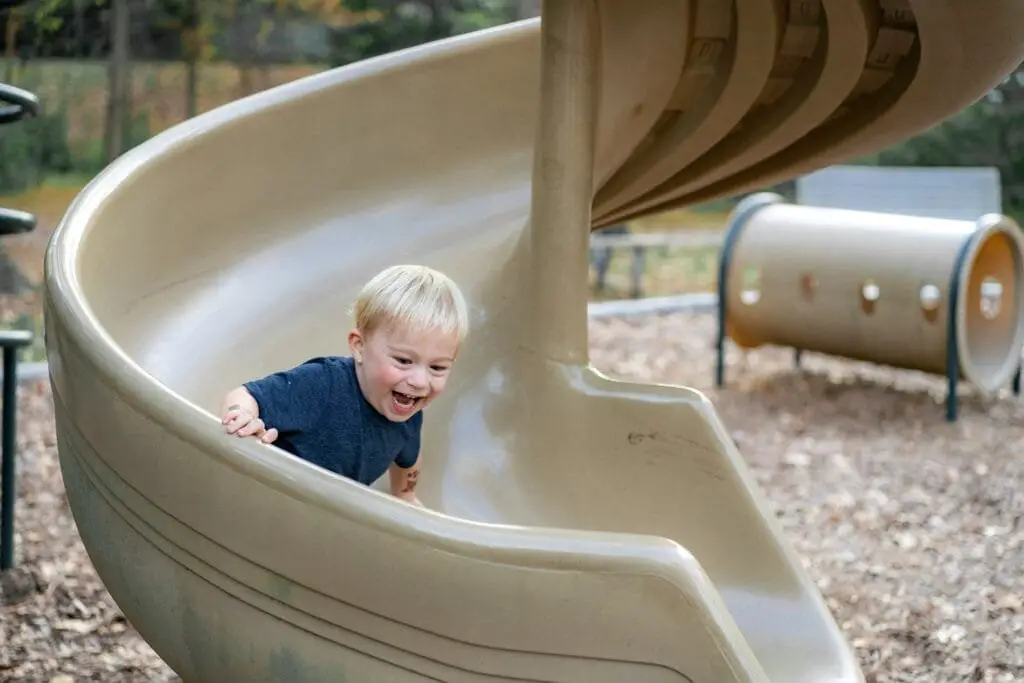
Recess in the ’60s was a glorious time when kids dashed outside to run, climb, and play games like tag or kickball. No organized sports or structured activities—just pure, unadulterated fun. Today, many schools have reduced recess time or structured it into organized activities, leaving less room for spontaneous play.
6. Teachers: The Authority Figures
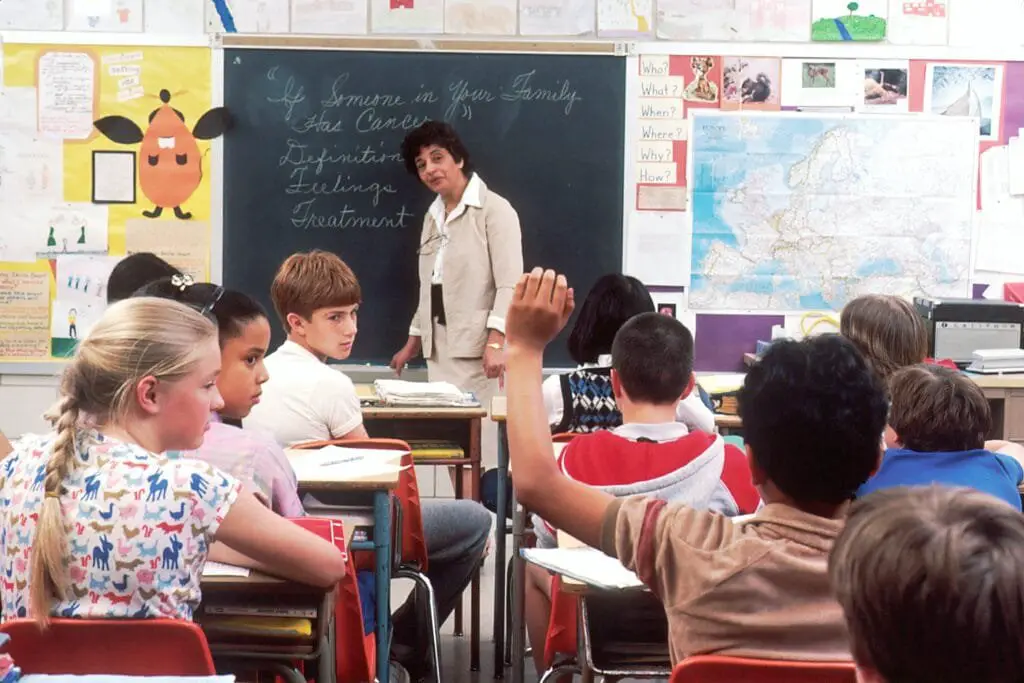
Teachers were respected figures, often seen as authority figures who maintained strict discipline in the classroom. While many students admired their teachers, the fear of being called to the front of the class or getting detention kept them in line. Today, the relationship between teachers and students has evolved into a more collaborative dynamic, with an emphasis on mentorship and support.
7. Textbooks: Heavy and Sturdy Companions

Students lugged heavy textbooks back and forth from school, with each subject requiring a separate, substantial tome. Remember those enormous history and math books? They were a workout just to carry! Today, many schools provide digital textbooks, making it easier for students to access learning materials without the back strain.
8. Extracurricular Activities: A Simpler Selection

Extracurricular activities often revolved around traditional clubs, sports, and school plays. You might have joined the glee club, debate team, or the school newspaper. While those activities were fun, today’s students can choose from a myriad of clubs and sports, from robotics to drama to esports, reflecting a much broader range of interests.
9. The School Dance: An Event to Remember

School dances were major social events, with decorations, a DJ, and everyone dressing to impress. Slow dancing was the norm, and every song felt like an anthem. There were no elaborate themes like today’s proms; it was all about having fun and enjoying the company of friends. Nowadays, school dances have evolved into extravagant affairs, often complete with themes and professional DJs.
10. Field Trips: The Exciting Outings
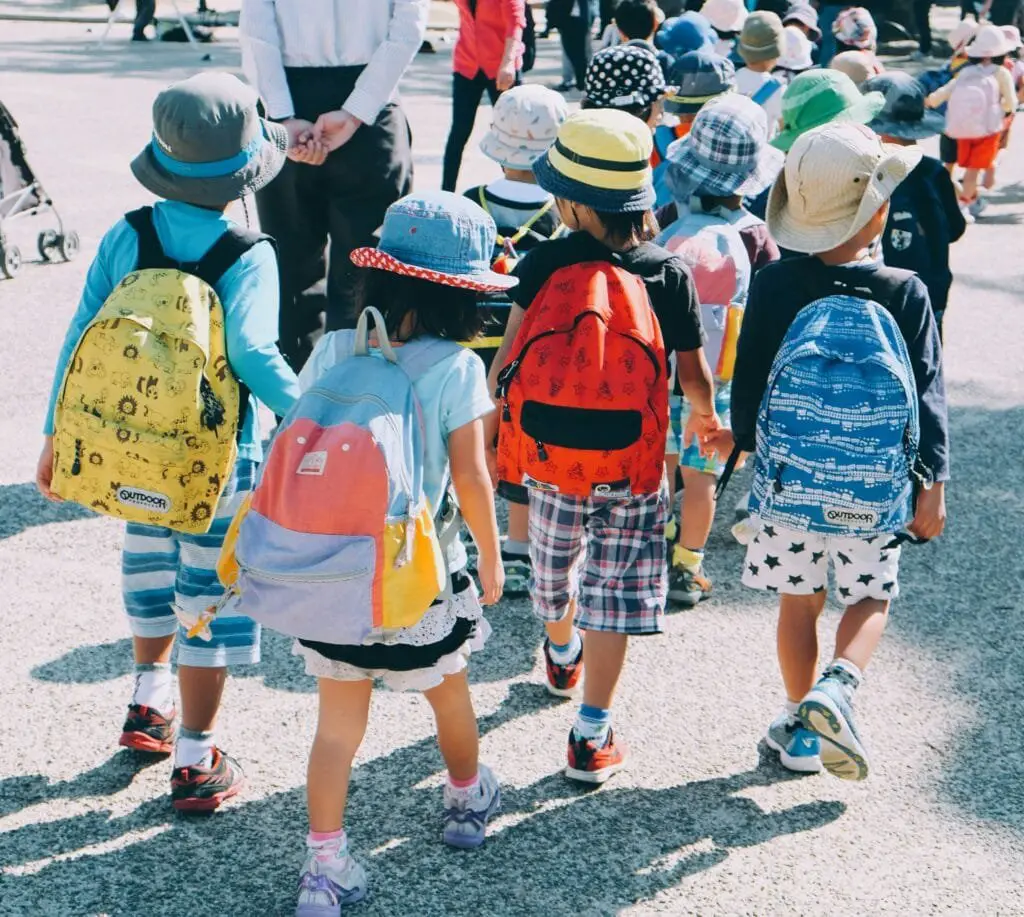
Field trips were a big deal, often involving a school bus ride to a museum, zoo, or historical site. Teachers took the opportunity to bring lessons to life, and it was a thrill to experience learning outside the classroom. Today, while field trips still exist, they often include more extensive planning, fundraising, and sometimes even virtual experiences.
11. The Report Card: A Personal Touch
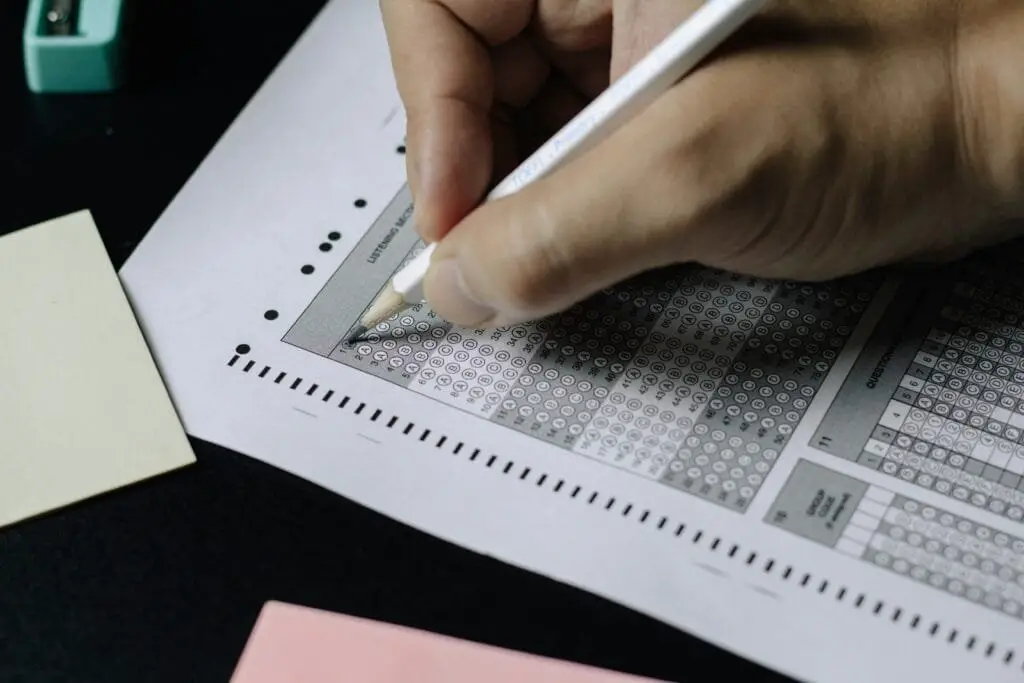
Report cards in the ’60s were handwritten, providing a personal touch that feels nostalgic today. Parents would anxiously await their child’s report card, knowing it was a reflection of their hard work (or lack thereof). Today’s report cards are often digitized, with online portals allowing parents to track grades in real-time, leaving less mystery and anticipation.
12. The Principal’s Office: A Place of Fear
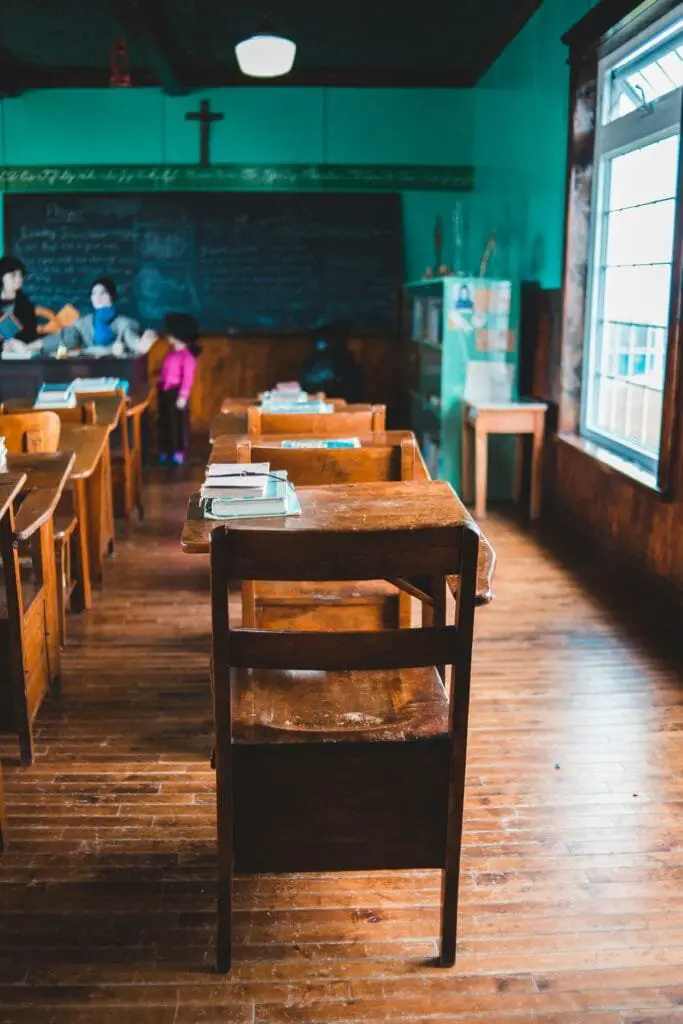
Getting sent to the principal’s office was a dreaded experience, often leading to stern lectures or even punishment. The principal was a figure of authority, and students were terrified of getting into trouble. Nowadays, while principals still hold authority, the approach tends to be more focused on counseling and guiding students rather than punishment.
13. Library Days: The Joy of Research
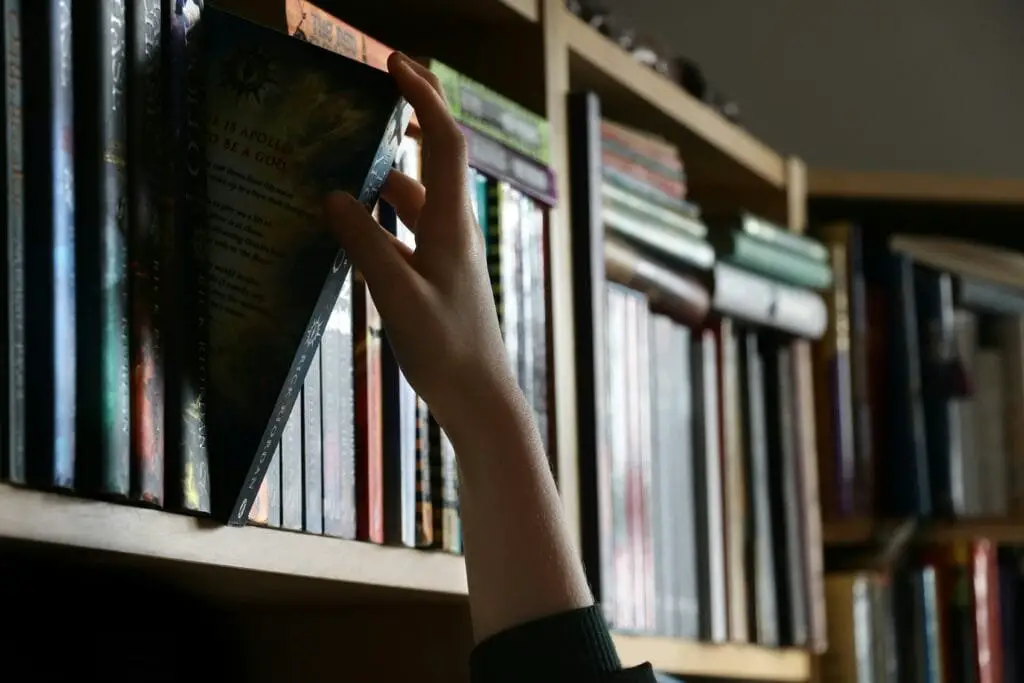
The school library was a treasure trove of knowledge, filled with rows of books just waiting to be discovered. Students spent hours browsing shelves, poring over encyclopedias, and doing research for papers—often with the help of a librarian. Today, libraries have shifted toward digital resources, and students often rely on the internet for their research, making it a very different experience.
14. Graduation: A Milestone to Celebrate
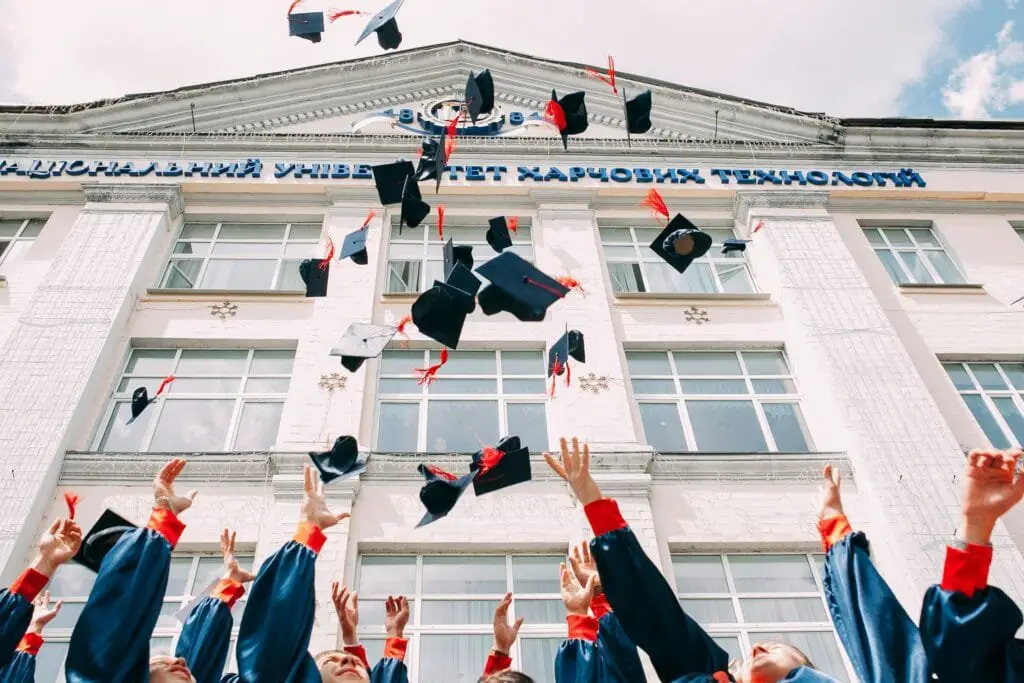
Graduation ceremonies in the ’60s were formal affairs, filled with proud families and the promise of a bright future. Caps and gowns were worn with pride as students celebrated their achievements with speeches and sometimes even an after-party. While today’s graduations still hold that significance, they often come with larger celebrations, elaborate parties, and the ability to share the moment instantly through social media. Additionally, many events were held remotely for several graduating classes in recent years, and in some places, the tradition stuck, driving a sense of disconnect between the students and this defining milestone.
School life in the ’60s was a different world, filled with unique experiences and cherished memories. While times have changed, the nostalgia for those simpler days reminds us of the joys and challenges of growing up. Each experience shaped a generation, leaving lasting impressions that continue to resonate today.


